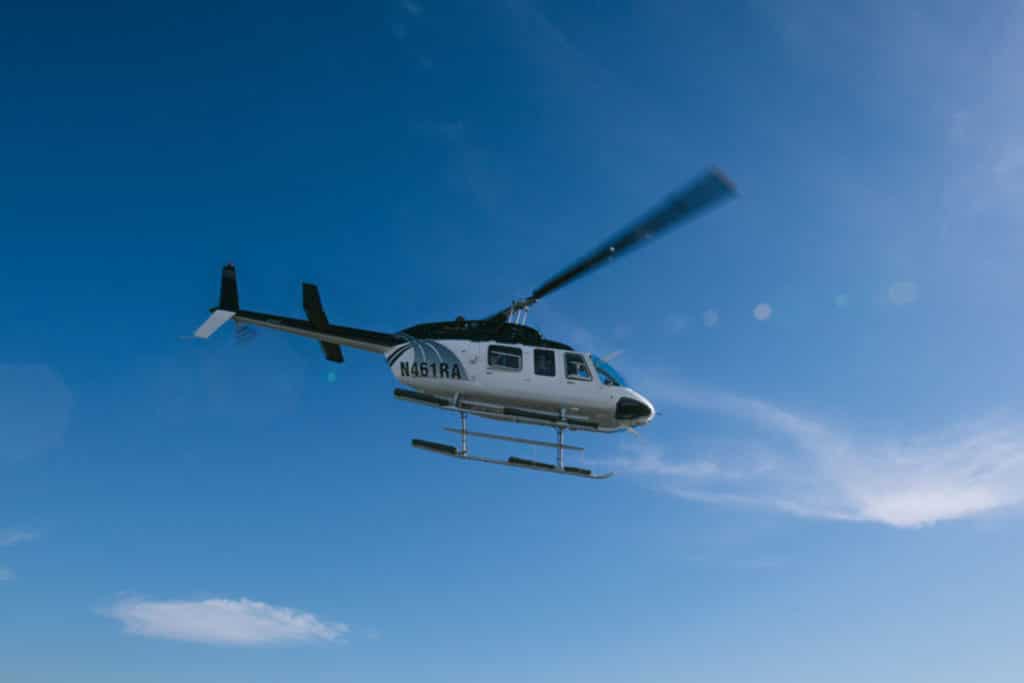WHY DO SOME HELICOPTERS HAVE MORE BLADES THAN OTHERS?

The number of blades on a helicopter’s rotor system is not arbitrary; it is a carefully considered design choice that depends on several factors, including the helicopter’s intended purpose, performance requirements, and engineering considerations. Here are some reasons why helicopters may have different numbers of rotor blades:
Reasons Some Helicopters Have More Blades Than Others
Weight and Lift Distribution: The number of rotor blades affects the way the helicopter generates lift. In general, helicopters with more blades can distribute the lift more evenly across the rotor disk, which can improve overall lift efficiency. This is particularly important for heavy-lift helicopters or those designed to carry large payloads.
Rotor Efficiency: The aerodynamic efficiency of a rotor system can be influenced by the number of blades. In some cases, a higher number of blades can lead to a smoother airflow over the blades, reducing drag and increasing overall efficiency. However, this comes with increased complexity and weight.
Rotor Disc Loading: The rotor disc loading is the weight supported by a given area of the rotor disc. Helicopters with more blades can achieve lower disc loading, distributing the weight over a larger area. Lower disc loading is often desirable for achieving better performance, especially during hover and low-speed flight.
Reduced Vibrations: Helicopters with more blades may experience reduced vibrations. A multi-blade rotor system can smooth out the cyclic loading on the rotor mast, leading to a smoother ride for both the aircraft and its occupants.<
Maneuverability: The number of rotor blades can influence the helicopter’s maneuverability. Helicopters designed for precise and agile maneuvers, such as aerobatic or military helicopters, may have fewer blades to enhance responsiveness.
Power Requirements: The number of blades affects the power requirements of the rotor system. Generally, helicopters with more blades may require more power to achieve the same lift as helicopters with fewer blades. This can impact the choice of engine and overall fuel efficiency.
Cost and Complexity: The manufacturing, maintenance, and operational costs of a helicopter are influenced by the number of rotor blades. While more blades can offer advantages in certain aspects of performance, they also come with increased complexity and cost.
Noise Levels: The number of rotor blades can influence the noise produced by a helicopter. Some designs opt for a larger number of smaller blades to reduce noise, while others may choose fewer, larger blades for different acoustic characteristics.
Technology and Materials: Advances in materials and technology can impact the design considerations for rotor blades. Modern materials and manufacturing techniques may allow for the use of fewer, more efficient blades without sacrificing performance.
In summary, the number of rotor blades on a helicopter is a result of a careful balance between various design considerations, including lift distribution, efficiency, maneuverability, weight, and cost. Different helicopters are optimized for different purposes, and the choice of the number of blades is a crucial aspect of their overall design and performance.
